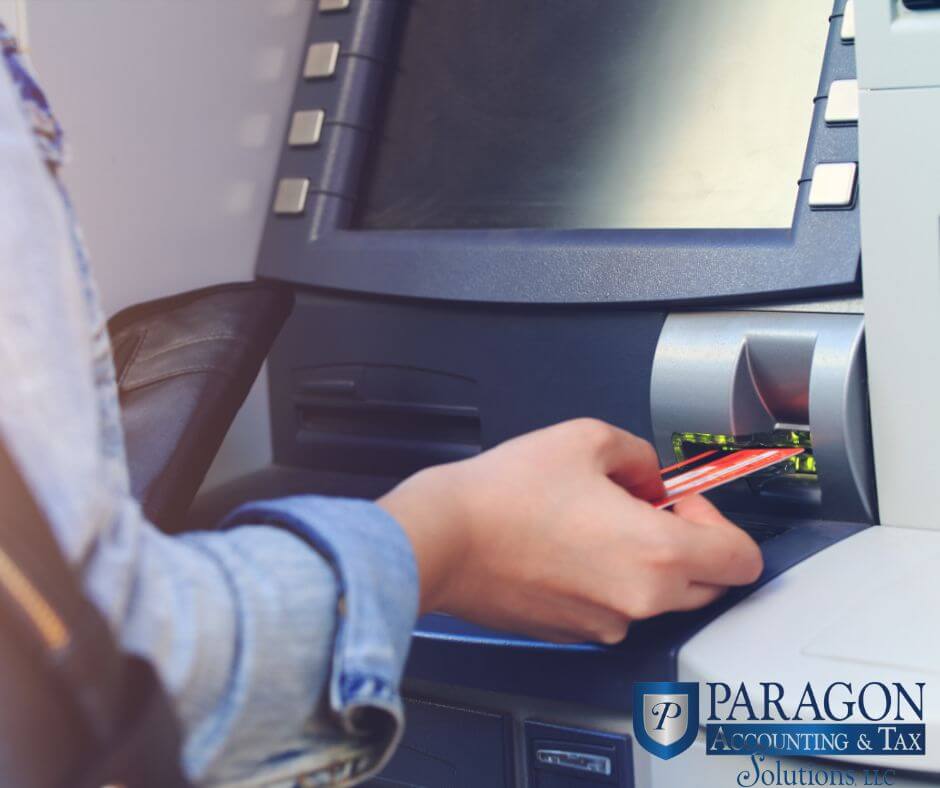“Attaboy, Clarence!”

In the 1946 Christmas movie, It’s A Wonderful Life, Jimmy Stewart plays banker George Bailey, who uses his honeymoon savings to keep his family building and loan afloat after a bank run. Years later, Bailey’s despair over a missing $8,000 drives him to cash in his life insurance by jumping off the bridge. You all know the rest of the story: guardian angel second class Clarence Odbody arrives to show George what a hellhole the town of Bedford Falls would have become if Bailey had never been born, and every time a bell rings, an angel gets his wings.
Small-town banks like the Bailey Brothers Building and Loan have become as rare as George’s 1919 Dodge Phaeton. And today, every time a bell rings, someone’s grandma gets conned out of her life’s savings. But bank runs are still a thing. Last week, Silicon Valley Bank became the largest bank to fail since Washington Mutual failed during the 2008 Great Recession. SVB had invested billions of customers’ deposits in perfectly safe bonds, only to watch rising interest rates push the value of that portfolio down enough to spark a run. On Friday, regulators stepped in to shut it down, and regional bank stock prices tanked across the industry.
On Sunday, the Federal Reserve, Treasury, and FDIC jointly announced a deal to guarantee customers would have access to their money. That’s good news for anyone counting on that cash – including an army of tax collectors across the country.
We all know the FDIC insures bank deposits up to $250,000. But SVB’s business customers kept millions on hand to finance their standard-issue Silicon Valley dreams, running their companies and paying their employees. The collapse meant regulators locked up 85% of the bank’s $175 billion in customer accounts. Take Roku, for example, who manufactures the digital media players you use to stream media on your TV. Roku had $487 million at SVB, and their stock fell 4% on news of the shutdown. Crypto lender BlockFi – which halted withdrawals and declared bankruptcy after Sam Bankman-Fried’s FTX exchange went bust – held $227 million of their remaining cash with SVB.
When SVB failed, hundreds of companies said they would have trouble making payroll without access to their cash. Obviously, that would have been no bueno for the employees who didn’t get their paychecks. But those companies also could have wound up stiffing Uncle Sam and state and local governments who wouldn’t get the taxes withheld on those paychecks.
Customers who pay corporate tax may have been planning to use some of their deposits to make those payments, too. March 15 is the deadline for filing corporate taxes, and April 15 is the deadline for first quarter estimated tax payments.
None of this comes at a convenient time for Uncle Sam. On January 19, the Treasury hit the debt ceiling, an artificial limit on how much the government can borrow. Officials are currently using “extraordinary measures” to keep the government fun factory pumping out cash like Play-Doh. (“Extraordinary measures” is code for spending shenanigans that would make George Bailey’s face turn the color of baby food after the baby’s done using it.) Rumor has it that we can coast on fumes until crashing sometime between July and September – and missing billions in taxes from SVB customers and their employees could certainly have hastened that day.
Silicon Valley Bank went from “looking for capital’ to “busted” to “backed up” in less than a week. Now it looks like we’re in for a happy ending. The story illustrates how nearly any financial news has a tax angle. So remember, we’re here to help you write happier endings, too!
